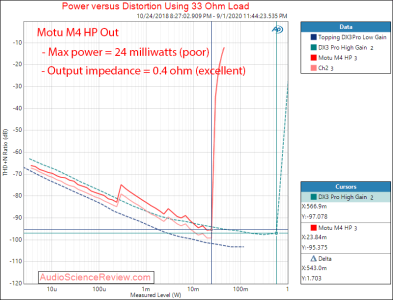As I wrote, the gain on the Millennia Media is only 40dB on the tube setting (I think it's a little more with the solid-state path).
Sorry to be nitpicky!

No problem! When we're talking about the final few percentage points in gauging audio recording quality, we doom ourselves to a nitpicking prison of our own design... And we're all complicit...

And I certainly agree with you overall! I have the privilege of access to some of the very best recording chains at my friends' studios in the area, from Neve and API to Coil, Electric and Co, Collins, Spectra-Sonics (not the software company...)... etc, along with original Pultecs and the like. And it's all a joy to record with.
A couple things I've noticed over the years, though, for my own workflow...
1) When I have to work fast, which is frequently the case, digital recall becomes VERY important. My RME unit is a godsend for this. (I realized that stepped gain controls on outboard units can compensate for this to a degree.)
2) The mics that I work with are generally quite sensitive and require relatively little gain (these days, either a U87ai or Austrian OC818, normally). As a result, even "colorful" preamps end up imparting very little color onto their signal, unless I pad the mic and drive the pre intentionally... which I don't usually feel like doing because of point (1) – much safer to do things like that digitally in case I need to revise things later.
This being VIC, it's worth pointing out that digital processing has gotten SO VERY GOOD over the past few years that the audible gap between, say, a Neve 1073 unit and a good-quality 1073 emulation has shrunk almost to nonexistence. Hardware units are fun, but digital flexibility has taken top priority for me, and I'm pleased at how negligible the auditory compromise has become, in that regard.








